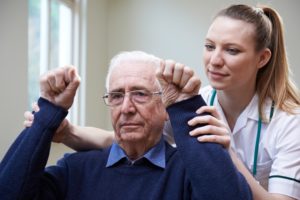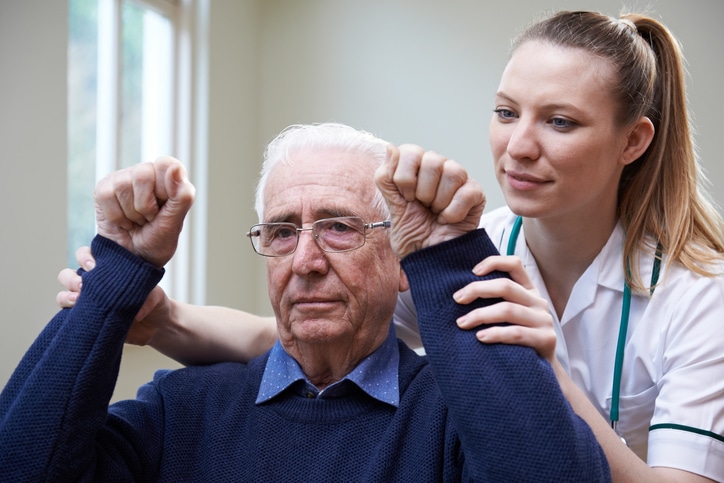
Statistics About Strokes
Almost 800,000 people experience strokes each year, and almost 150,000 people die from the condition. Most of the annual stroke cases are primary, meaning that it is the first time that an individual has a stroke. Approximately 185,000 of the cases, though, are recurrent strokes. Estimates show that 75% of strokes happen to men and women who are 65 or older, and your chances of having a stroke double every 10 years after you turn 55 years old. Strokes can happen at any age.
What Is a Stroke?
A stroke develops when the blood supply to the brain is disrupted somehow. Ischemic strokes are the most common strokes and these happen when the arteries to the brain are blocked. Another type of stroke, known as hemorrhagic stroke, are related to bleeding in the brain. Strokes happen very quickly and require immediate medical attention. Adults and children can also experience strokes.
What Are the Risk Factors for a Stroke?
- History of stroke or transient ischemic attack (TIA)
- High blood pressure
- History of heart attacks
- Diabetes
- Heart rhythm disorder
- High blood cholesterol
- Disease of the carotid artery
- Smoking
- High alcohol consumption
- Family history
What Are the Signs of a Stroke?
If you experience any sudden, abnormal symptoms, seek medical attention right away. This is a better approach than trying to diagnose a stroke on your own. If you see someone who is experiencing any of the following symptoms, call 911. The symptoms of a stroke come on very suddenly.
- Changes in vision in one or both eyes
- Confusion
- Inability or difficulty speaking or understanding people who are speaking
- Numbness in the body and face, typically on just one side
- Dizziness, loss of balance, trouble walking and poor coordination
- A severe headache with no obvious cause
Are You at Risk for a Stroke? Contact Summit Healthcare.
To learn more about strokes, telemedicine, cancer treatment and our other services, contact Summit Healthcare today. You can also contact our Snowflake Medical Center at (928) 536-7519. You can reach our Family Medicine locations at (928) 536-5858 in Snowflake, (928) 537-5437 in Lakeside and (928) 532-3926 in Show Low. We also have two clinics that can be reached at (928) 367-6688 in Pinetop.

